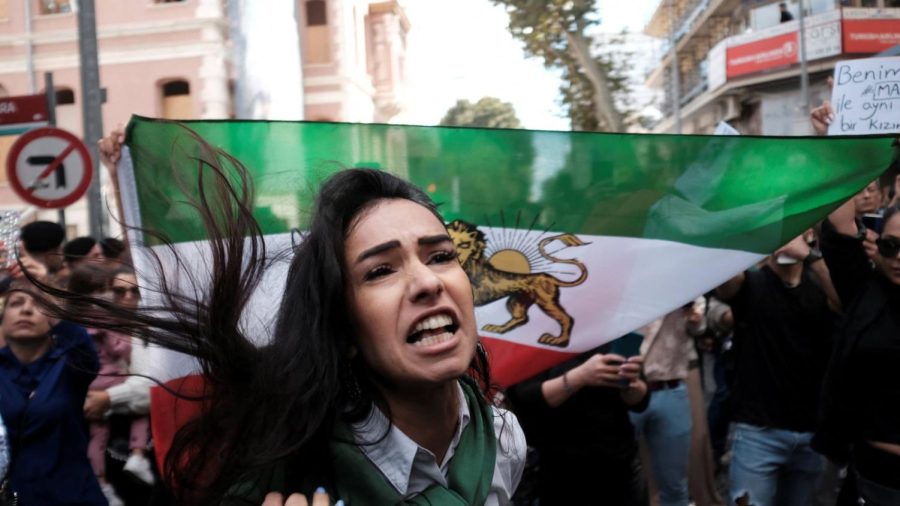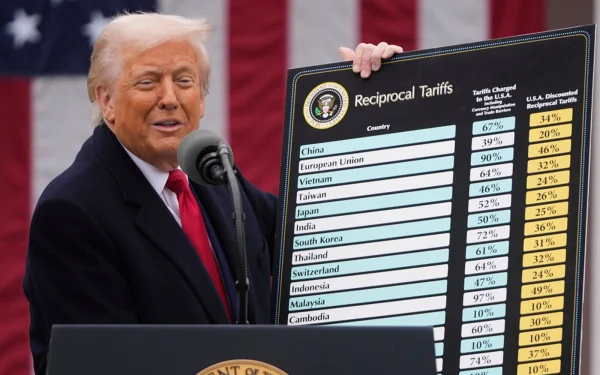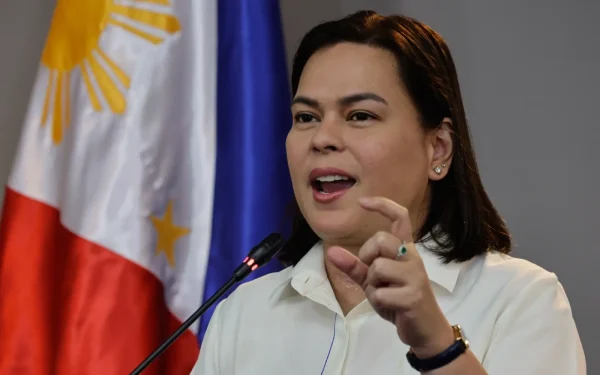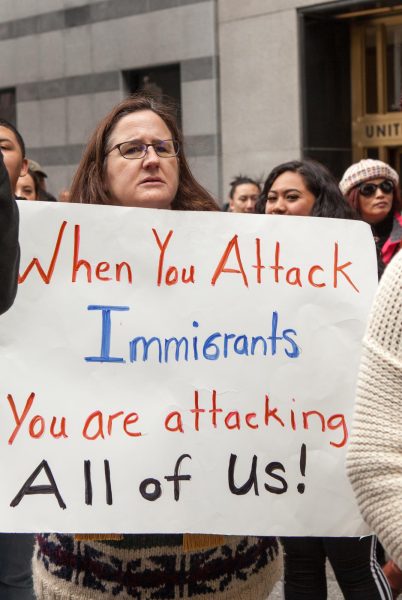Continued Protests in Iran Over Human Rights Violations
On September 16th, 2022, 22-year-old Mahsa Amini died while in the custody of Iran’s Morality Police. In response to her death, the streets of the country erupted in protests and demonstrations, which continued through the month. These protests represent a more significant movement in Iran that has been brewing for many years.
The Guidance Patrol (Iran’s religious morality police) arrested Amini on Tuesday, September 13th, for wearing her hijab improperly. The headscarf has been mandatory by law in Iran since the early 1800s. There have been other instances of widespread protests against the law in Iran since then, especially in 2009, 2017, and 2019. Many women in Iran also adopt a form of soft protest: wearing the hijab loosely, so it doesn’t cover their hair or falls around their shoulders. Demonstrations in Iran even managed to delay the institution of the hijab mandate from 1979 to 1983. The Iranian government initially intended to introduce the law directly after the Islamic revolution in Iran.
After being arrested by law enforcement, Amini died two days later in a hospital in their custody after suffering a heart attack and falling into a coma. The circumstances of her death were highly suspicious, and claims made by the police directly contrasted statements made by her family and witnesses. The morality police claimed that Amini experienced previous health conditions which led to her entering cardiac arrest. Amini’s family asserted that she was perfectly healthy. The police swore that Amini had been treated fairly and justly while under arrest. Other women who had been detained with Amini testified that they had witnessed the police beat her severely. In addition, medical scans of Amini were leaked from the hospital, showing trauma to her body that was unexplained in the police’s account.
In response to Amini’s death and the accounts of police brutality, Iranian citizens began protesting in the streets. The protests originated in Tehran but quickly spread through the country as well as online. Iranian women rebelled by deliberately breaking the hijab mandate. Some women just removed the hijab, but others went as far as burning the headscarf as a symbol of protest. Video footage shows schoolgirls protesting in their classrooms by waving around their headscarves and chanting protest songs. Iranian women also cut their hair as a demonstration of rebellion. Other women around the world and online also cut their hair as a show of solidarity. Throughout the streets of Iran, chants such as “women, life, freedom” and “death to the dictator” could be heard.
Because these demonstrations were often spontaneous and small, the Iranian government struggled to contain them. The security forces employed the police, riot police, and the Islamic Revolutionary Guard Corp, (IRGC). The protestors were met with excessive and sometimes lethal force. Despite intense censorship of the Iranian media and control over citizens’ internet access, protesters still managed to release footage of the violent police response. One such video shows security forces shooting at the protestors with rubber bullets or metal pellets at very close range.
Many world peace organizations responded to the protests with support. Amnesty International requested a criminal investigation into the circumstances of Amini’s death. The United Nations condemned the circumstances of her death and called for an independent investigation of her alleged torture.
On October 3rd, 2022, the Canadian government issued new sanctions on Iran as a response to the situation. The Canadian government issued a statement along with the sanctions confirming this, declaring, “These sanctions are in response to gross human rights violations that have been committed in Iran, including its systematic persecution of women and, in particular, the egregious actions committed by Iran’s so-called ‘Morality Police,’ which led to the death of Mahsa Amini while under their custody.”
Justin Trudeau, the Canadian Prime Minister, also made a statement in support of Iranian women. He told them, “We stand with you, and we will continue to do so.” He also spoke to the Iranian Canadian community and said, “To the strong, resilient, and proud Iranian Canadian community, we hear your voices. We heard your calls for action.” Other governments around the world have also since been compelled to speak out against the Tehran police’s actions. The American government imposed sanctions on Iran as well.
The ongoing demonstrations in Iran mark some of the most widespread protesting the country has seen in recent years. With the modern reach of the internet giving more and more power to movements online, it is important for people around the world, including students at Wilcox, to inform themselves of conflicts such as these. Spreading information and support can help Iranian citizens fight the censorship of their government and fight for change. The battle for women’s rights in Iran is a deep-rooted struggle, and only time will tell the impact that the current protests will make in the fight.










